Historical Sites Touring
Historical sites can be categorized according to regions Mwanza, Kagera and Mara.
Mwanza History
Mwanza the city with more than 120 year old also known as the "Rock city" because of it's beautiful rocks around the city. Mwanza and Tanzania in general was colonized by the German and British, before independence 1961 under Julius Kambarage Nyerere the first president of Tanzania. In 2000, president Benjamin Mkapa elevated Mwanza into city status, becoming the second city in Tanzania after Dar es salaam.
Mwanza formerly known as the Sukumaland was founded by a German Colonial agent Emin Pasha in 1892. The word Mwanza was founded from the word "Muansa" where German called a rock where they built their house, probably a misunderstanding from a Sukuma word "Nyanza" which means Lake.
Mwanza and it's Kageye Kingdom before Colonialism
The Kageye kingdom was the smallest in the chieftaincy arrangement, but one of the oldest historical sites available in Tanzania. Kageye also hosts a monument in memory of innocent Africans who died during the most dehumanizing slave trade that UNESCO in its 1994 report called it the African holocaust. It was at Kageye, where the captured nationals or Africans were enchained and led into gruesome journey to slavery bondage through Bagamoyo and Zanzibar on the East African coast of the Indian Ocean widely documentedas the gateway to slavery.
At Kageye, it is also where a ray of white explorers who succumbed to death due to the harsh tropical diseases, are apparently buried and their graves bear witness to dark history of mankind. The list of the names of the fallen foreign 'explorers' are craftily engraved on their tombstones. Some of the names on the list include Frederick Barker, explorer who is presumed to have died of dysentery/cholera, on April 23rd 1875 and John Smith, a missionary who died on 11th May 1877, Cause of death unknown. There is a short list of Africans, presumably slaves, helpers to the explorers, or notable chiefs and members of the court are also buried at the little Kageye.
Sukuma Culture and History at Bujora Museum
Bujora Museum is the Sukuma cultural Museum at Kisesa, 13 kilometres from Mwanza city centre. Learn about the Sukuma Culture History, Kinship leadership, Iron technology, traditional houses and the traditional dance of the Sukuma.
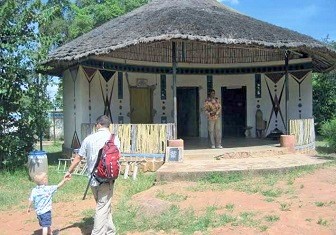
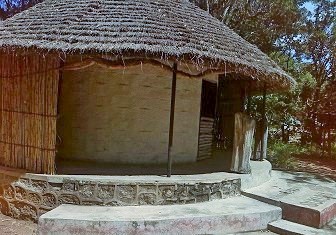
Other Historical sites at Mwanza
The Hanging tree which German used to hang criminals, MV Bukoba Monuments, Common wealth cemetery, Gunzet house, old houses, Religious history and many more.
Kagera Historical sites
Kagera War
Tanzania,s only war with Uganda during the dictatorship of Iddi Amin Dada in late 1970's. After a certain period of Iddi Amin threats to take Kagera region to his country Uganda. The damage which was done in Kagera is still evident today!
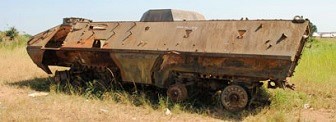
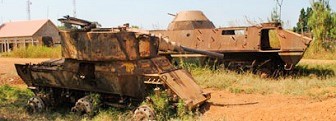
Rusumo mass grave site
This is a historical site in which over 917 bodies of the 1994 Rwanda genocide victims were buried. The cemetery is located a few metres from the Isaka road in Rusumo. A good number of visitors make pilgrimages at the site to bear witness to some of the worst crimes against humanity of the recent times.
Germans WW1 cemetery
The site of the cemetery is adjacent to regional administrative block. The existence of the war-graves reveals the remains of the 1880s historical scramble for the colonies in Africa.
The site draws a number of visitors, some of them journalists and researchers.
Rock and cave paintings
A visitor to Nshamba and Kashasha divisions, 80 kilometres south of Bukoba town centre will witness some of the rare rock and caves paintings, presumably, unknown to foreign visitors and majority Tanzanians. The paintings depict presence of early life of human activities in the two locations. So far, there is scant information on the paintings. The paintings similar to the current day graffiti make an interesting discovery to some of the hidden natural attractions available in the Tanzanian remote villages.
Kagera Museum
Kagera Museum is situated at Nyamukazi Area, near Bukoba Airport. It is a perfect place to learn Haya culture, history and heritage. Don’t miss the fabulous new addition to the profile of Bukoba! You can view local tools, heritage and most impressively a fine collection of professional wildlife photography.
Itawa Iron Works
This is rundown smothery and iron fabrication site that has existed from time immemorial. In this road-side factory, craftsmen engage in moulding tools such as hoes, spears, and knives for small farm holders and for domestic use in general.
Historical Kamachumu Day Tour
Take a journey through the ancient history of this region and see real Bahaya life! Meet the reining chief in his residence at Kanazi, climb to the top of an escarpment and see breath taking views, visit a traditional grass built dwelling “the Mushonge house” plus visit religious sites and marvel at the Bugonzi waterfalls.
Chief Rumanyika Museum
It was at this site where the 19 century white explorers such as Henry Morton Stanley and John Speke stayed while in search of the source of the River Nile. The site is rarely maintained but it is ideal for picnics and historical/cultural tourism, research activities and camp sites.
Ancient Rock Paintings & Lourdes of Africa
Possibly Kagera’s best-kept secret, there are rock paintings close to Bukoba plus one of the fi rst religious shrines built in East Africa. Nyakijoga is world famous for the miraculous powers of the healing waters blessed in the name of the Virgin Mary. Every year thousands of pilgrims from all over the world convene at this Lourdes of Africa.
Mugana Parish
The Parish was founded in 1905 by the Missionaries of Africa, commonly known as the White Fathers. Its administration changed hands in about 1948 when the White Fathers, formally handed it over to the local clergy.
In 1952, Mugana (Parish) with four others, formed the new
Vicariate of Lower Kagera, but in few years, it was renamed Rutabo Diocese under Bishop Laurean Rugambwa. In 1960 when Rugambwa was created Cardinal, they (the parishes) joined the Bukoba Diocese.
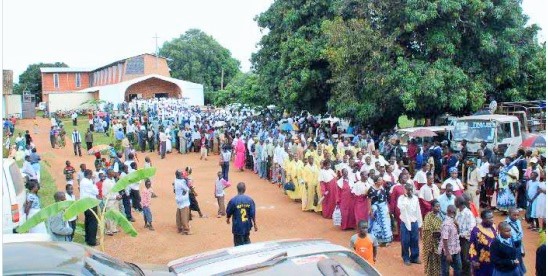
Mara Historical sites
Mwalimu Julius K. Nyerere Museum
Mwalimu Nyerere museum is a historical institution established to preserve and exhibit the historical, social and political life history of one of the first president of Tanzania Julius Kambarage Nyerere also known as the father of Tanzania Nation.
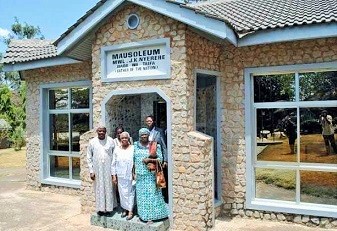
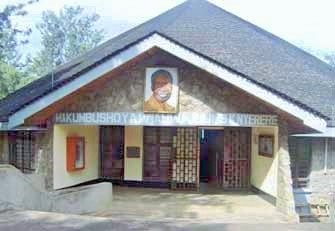
The museum and its surroundings have some interesting things that can be seen and done when visiting the site. The idea of building the museum was germinated in 1985 after Mwalimu retired as the first president of Tanzania. The Museum also houses the mausoleum of Mwalimu, his grave another gem in Butiama.
Mara Tribes History
For the tour to Historical sites of Mwanza, Kagera and Mara please contact us.
- Serengeti Park
- Northern Circuit Tour
- Saanane Island Park
- Rubondo Island Park
- Beaches
- Rocks Tourism
- Igogo Caves
- City Tour
- Bujora Museum
- Gunzert House
- Markets & Shopping
- Adventure Tourism
- Kageye Historical site
- Volunteer Tourism
- Sporting Tourism
- Investment Opportunities
- Butiama Museum
- Ukerewe Tourism
- Livestock Tourism
- Religion Tourism
- Slums Tourism
- Historical Sites
- Events Tourism
- Farming
- Transportation Adventure
- Natural Remedies
- Education Tourism
- Eating Tourism
- African Lifestyle
- Sengerema
- Misungwi G.R.
- Kagera Tourism
- Kagera Culture
- Mara Culture
- Mara Touring
- Geita Tourism
- Rwanda and Burundi
- Visit Uganda






Follow us